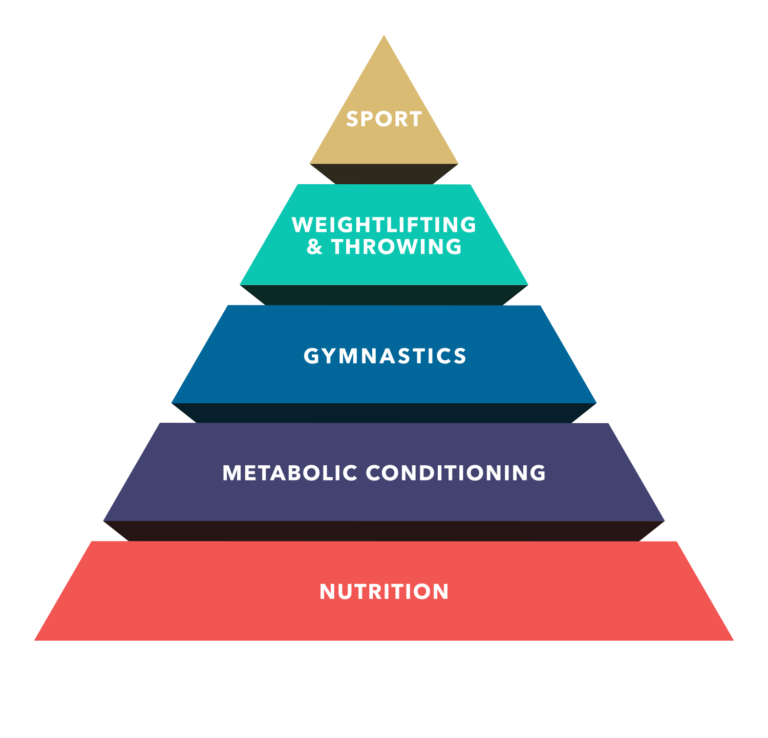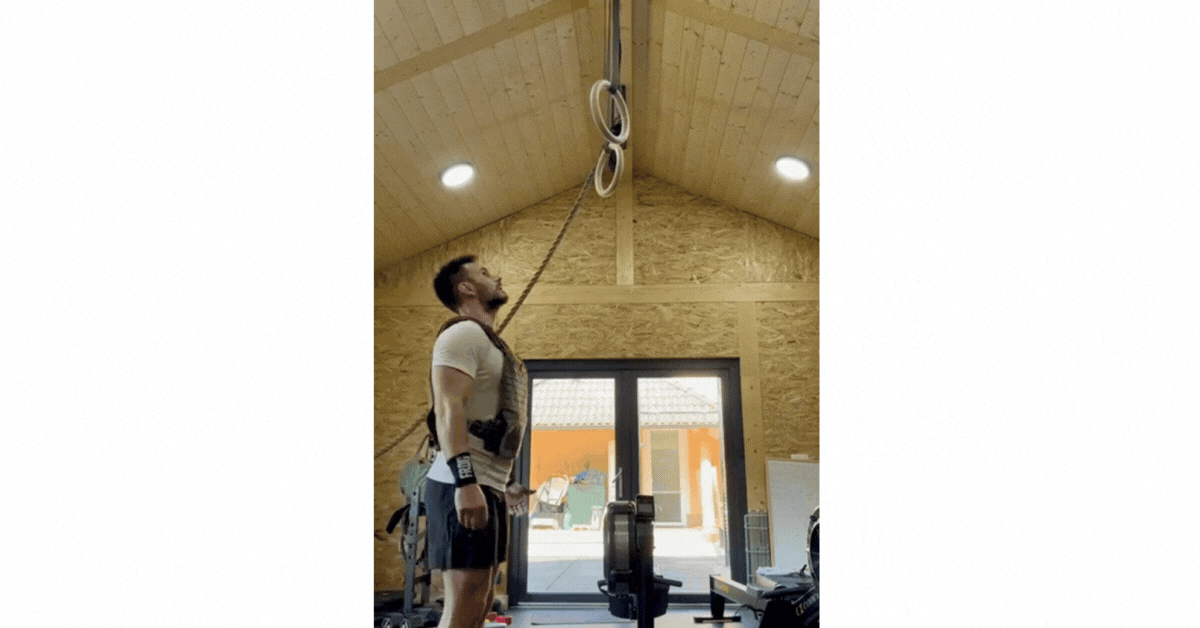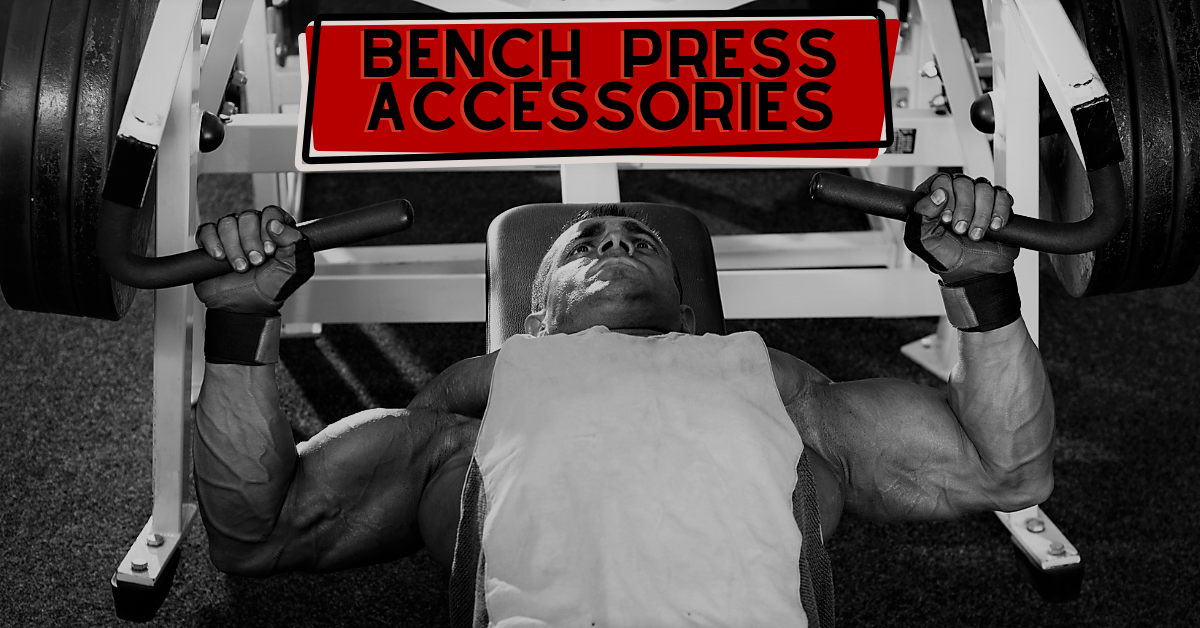Most fitness disciplines and almost all sports require a large degree of specialization.
A bodybuilder wants to get the biggest and most defined muscles…but isn’t too concerned with his 5K time.
A baseball pitcher specializes in throwing the ball in a way that no other player on the field does.
Despite the accessory lifts they include in training, on meet day, Olympic weightlifters only care about 2 specific exercises (the snatch and the clean and jerk…in case you were wondering!)
CrossFitters don’t get this luxury; we have to be good at seemingly everything…and seemingly every year, Dave Castro and company throw something new…”interesting” at us…
I know that this can be somewhat intimidating, but there is a purpose to this diversity of skill development and training…a “method to the madness”, if you will…
…and we can quickly and easily visualize this method by taking a quick look at the CrossFit Pyramid.

Today we’ll take a slightly deeper dive into each of this model’s components to better understand CrossFit in general, why it is structured the way that it is, and why you can feel more excited than intimidated by it!
Table of Contents
What is the CrossFit Pyramid
The CrossFit Pyramid is a model used to illustrate the “levels” of development in the never-ending process of CrossFit mastery. It emphasizes elements like nutrition and metabolic conditioning, offering a conceptualized image of the building blocks to functional fitness success and of general physical preparedness.
Introduction to the CrossFit Pyramid
The CrossFit pyramid has five levels, each representing a different component of “fitness”. Nutrition, which I don’t think needs much of an introduction, is at the base of the pyramid, with metabolic conditioning, which focuses on improving endurance and overall energy systems, sitting just above it.
The next level, gymnastics, is primarily concerned with coordinated bodyweight movements. Weightlifting, the next block on the Pyramid combines a focus on raw strength and power development.
“Sport” sits at the top of the pyramid. This less clearly defined block, essentially takes all of the components from the lower-level blocks and combines them to apply to sport-specific practices.
The CrossFit Pyramid’s structured design helps athletes increase their overall degree of physical preparedness by focusing on consistency and progressive development at each level. Its visual design makes it easier to conceptualize and to better prioritize this development for individual trainees.
Now that you’ve got a basic idea of the CrossFit Pyramid’s (also known as the “Theoretical Hierarchy of Development”) structure, let’s discuss each component in greater detail.
CrossFit Nutrition
Despite our best hopes and efforts that this wouldn’t be the case, what you eat plays a big part in your CrossFit performance. Eating the right foods fuels your workouts and helps you recover from tough training sessions.

You don’t have to be an expert nutritionist to benefit from some of this level’s best practices. Understanding even the basics of how nutrition affects performance and being aware of practical ways to nourish your body can pay large dividends.
Basics of CrossFit Nutrition
CrossFit nutrition emphasizes a balanced intake of the three macronutrients: proteins, carbohydrates, and fats.
Proteins are important for muscle repair and growth. Good sources include chicken, lean beef, many different types of fish, and cottage cheese.
Carbohydrates are your body’s go-to energy source. Complex carbohydrates like fruits, vegetables, and sweet potatoes are great choices.
Fats get a bad rap, but their importance cannot be overstated. They support cell repair and hormone balance. Healthy fats come from nuts, seeds, and avocados.
Good nutritional practices include limiting sugar and controlling portion sizes to minimize overeating (Thomas, Erdman, & Burke, 2016).
CrossFit Metabolic Conditioning
Metabolic conditioning is a core component of CrossFit training. The non-strength, non-skill-specific aspects of each CrossFit “WOD” (workout of the day) is colloquially referred to as a “metcon” (metabolic conditioning).
This pyramid components focusing on developing cardiovascular capacity and improving overall performance through varied, high-intensity workouts (Laursen & Jenkins, 2002).
Types of MetCons
MetCons come in a wide variety of formats designed to engage all fitness levels. Examples include AMRAP (As Many Rounds As Possible), EMOM (Every Minute On the Minute), and “chippers”.
- AMRAP: Athletes repeat a set of exercises as many times as possible within a time limit, trying to maximize the total number of repetitions performed.
- EMOM: Athletes perform a movement/set of movements at the beginning of every minute. If the athlete finishes before the full minute has elapsed, any remaining time is used for rest.
- Chipper: Athletes perform a series of movements, one after the other, “for time” or as quickly as possible, “chipping away” at the workout as they go.
MetCons like these build mental toughness; making it through them requires focus and determination. Just about everybody who does CrossFit would agree that having a strong “metal game” is as important as being physically capable when confronted with a tough metcon.

CrossFit Gymnastics
Gymnastics play a vital role in improving coordination, balance, and agility.
Importance of Gymnastics in CrossFit
In a nutshell, gymnastics in CrossFit is about mastering one’s own body weight. Mastering gymnastic apparatuses like the rings and pull-up bars and movements like muscle-ups and handstand push-ups can significantly increase an athlete’s strength and stability.

So what makes these movements so important? Besides seriously improving upper body strength and stability, most gymnastics movements in CrossFit have the ability to improve muscle endurance.
CrossFit Weightlifting
Weightlifting in CrossFit is essential for developing absolute strength and power. It involves lifting objects, most notably barbells, during compound movements like the clean, jerk and snatch.
In the context of the CrossFit Pyramid, we also include other important compound lifts like the squat, deadlift, and bench press into the discussion of developing raw strength.
CrossFit Weightlifting Training
Training programs incorporating weightlifting are designed to improve strength and performance across a number of movements. Programs may include specific days for specific lifts and feature long-arching cycles focused on compound exercises.

This approach encourages consistency, constant growth, and improvement. It’s kind of difficult not to see your strength numbers go up when you’re squatting every Monday and snatching every Friday!
CrossFit Sport and Skills
The “top” of the pyramid, this category combines a variety of movements and workouts to prepare athletes for a diverse array of sporting endeavors. The elasticity of CrossFit allows adaptation to the demands of any sport, making it a valuable tool for overall physical preparedness.
Training for Sport-Specific Skills
By emphasizing the development of the main physical attributes unique to each sport, CrossFit assists athletes in achieving better sports performance.
Competent coaches can design programs based on an individual’s specific needs for their chosen sport. This approach leads to well-rounded, but focused training, bridging the gap between general preparedness and sport-specific excellence.
Frequently Asked Questions
There is a lot more to the CrossFit Pyramid than simply “getting to the top”. Let’s look at a few of the most common questions people have about the this model:
How do the foundational components of CrossFit apply in relation to an overall fitness methodology?
The cool thing about CrossFit is that its foundational components actually are its own fitness methodology. Because it isn't trying to stick a bunch of random pieces together into an unfocused and unorganized discipline, the CrossFit Pyramid's blocks seamlessly build on one another.
In what ways do CrossFit’s 9 foundational movements factor into training sessions and influence performance? Do we REALLY have to master every one of them?
The nine foundational movements engage multiple muscle groups and collectively create a solid base for overall performance. By mastering all of these, athletes can grow stronger and more adept in CrossFit workouts while also becoming more healthy and fit individuals.
What does 'CrossFit in 100 words' encompass about the program's philosophy?
"CrossFit in 100 words" is a very brief encapsulation of a philosophy that promotes a lifestyle combining nutrition, exercise, and continuous personal improvement. Ultimately, this short phrase summarizes what CrossFit aims to achieve in everyday fitness.
The CrossFit Pyramid: A Correct Methodology for the Sport of Fitness?
Every fitness discipline that at least attempts to portray a degree of legitimacy possesses some type of “blueprint” for how its methodology is practically applied and what expected health and fitness outcomes one can expect to derive from it.
It is definitely possible to get “into the weeds” when dissecting the CrossFit methodology, but the CrossFit Pyramid is the quickest and easiest way to summarize the terms that serve as the foundation for the discipline and its approach to wellness.
Until compelling arguments are presented against the Pyramid’s components as being the “correct” categories that best epitomize the greater methodology, we’ll continue to support it as being ideal for summarizing the “Sport of Fitness”.
References
Thomas, D. T., Erdman, K. A., & Burke, L. M. (2016). Position of the Academy of Nutrition and Dietetics, Dietitians of Canada, and the American College of Sports Medicine: Nutrition and athletic performance. Medicine & Science in Sports & Exercise, 48(3): 543–568 https://doi.org/10.1249/MSS.0000000000000852.
Laursen, P. B., & Jenkins, D. G. (2002). The scientific basis for high-intensity interval training: Optimising training programmes and maximising performance in highly trained endurance athletes. Sports Medicine, 32(1): 53–73 https://doi.org/10.2165/00007256-200232010-00003.












